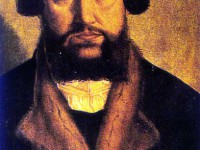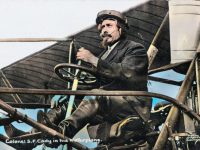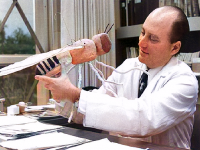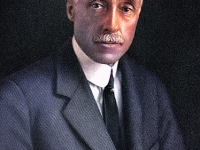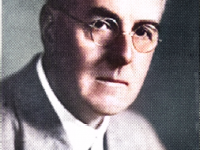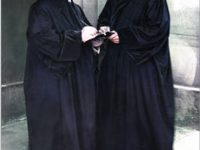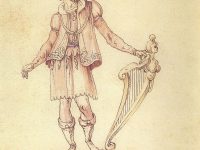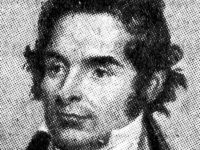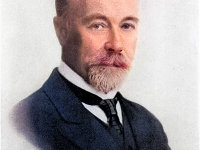Christian Friedrich Schönbein and the Ozone
On October 18, 1799, German-Swiss chemist Christian Friedrich Schönbein was born. Schönbein is best known for inventing the fuel cell (1838) and his discoveries of guncotton (nitrocellulose) and ozone. Christian Friedrich Schönbein – Early Years Christian Friedrich Schönbein came from a pietistic family, his father was a dyer, postman and bookkeeper. In 1812, after completing elementary school, he was apprenticed at a pharmaceutical factory in Böblingen and was adviced to begin studying at the…
Read more


